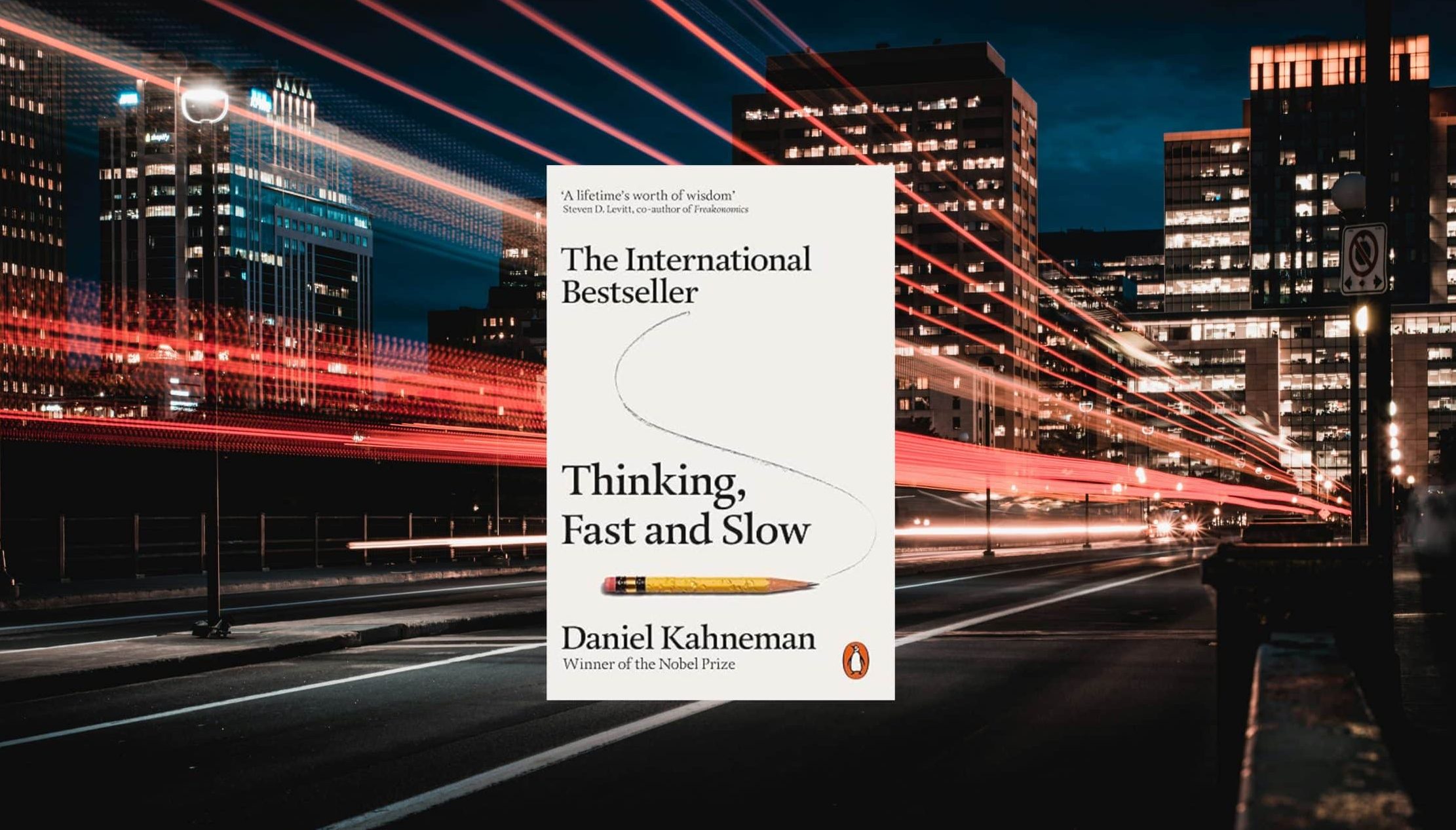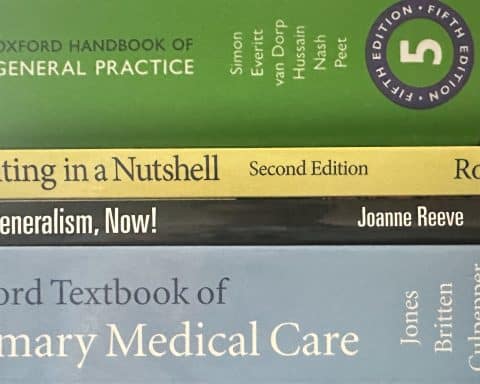John Howie is a retired GP and Emeritus GP Professor in Edinburgh. He attended the first ever (informal) Annual Scientific Meeting for Academic GP Departments in 1972 and was the first Secretary of AUTGP, later becoming Chairman.
George Freeman is a retired GP and Emeritus GP Professor in London. He attended his first ASM in 1974 and organised the first formal Scientific meeting in 1975. He later became Secretary.
Heather Heath is Archivist at the RCGP
There are three reasons why we have prepared this Archive: Firstly, it celebrates the 50th anniversary of the first Scientific Meeting of University Departments of General Practice in Cardiff in 1972. Second, it traces the development of the Departments’ scientific body from its earliest stages as the Association of University Teachers of General Practice (AUTGP) to its present life as the Society of Academic Primary Care (SAPC), covering a period of some 50 years in the process. The third reason is that new recruits to the world of academic primary care/general practice are telling us of difficulties they are facing as they embark on their new careers. We hope that within the Archive, they might be reassured by finding parallels to the past experiences of others, and encouragement to make their own contributions to improving the future for those who will follow them in the years ahead. In Part 1 of this four part series, we discussed the ‘arrival’ of General Practice as a university-based academic discipline. In Part 2 we discussed the financing and trade associations of academic primary care.
Wonderful as it was to have NHS support supplementing University funds, the level was still way below that enjoyed within teaching hospitals. And hardly had Departments fully learned to maximise the benefit of their increased income when there was a ramping up of pressure to deliver.
Research development
Life inside Universities and Medical Schools was not standing still. In particular, research funding was under scrutiny and becoming increasingly competitive, being allocated nationally following periodic Research Assessment Exercises (RAEs). Departments of General Practice were assessed for quality and quantity of research output in a constituency including Departments of Public Health, Community Medicine and Health, and Epidemiology, alongside Psychiatry, and in the rounds of 1992 and 1996 many fared well (although in several medical schools no staff were returned as research active). By the 2001 round, universities were submitting larger and more specialised research collaborations for assessment. There was rising expectation that universities should raise external money for research. Grant awards dominated academic life, with increasing competition for funds.
In other countries with strong traditions of general or family practice such as the Netherlands, Scandinavia, North America and New Zealand, postgraduate teaching was (and is) organised and delivered through academic university departments.l
inical disciplines – like cardiology, respiratory medicine, and gastroenterology, for example, were combining with relevant disease-specific components of previously separate disciplines such as pathology, surgery, medicine and so on. Entirely new groupings were emerging – such as immunology, inflammation, and genetics. General practice research was disappearing as a disciplinary theme, and being incorporated piecemeal mainly into clinical disease-based sub-groupings, or more often into epidemiology or public health medicine.
Undertaking research that is relevant to clinicians in the field and to their patients, is one of the most important ‘raisons d’être’ of an Academic Clinical Discipline. Early research in general practice was undertaken both by individuals and by groupings within the College, but passed largely into University Departments in the 1980s(1). If General Practice is to remain a University Discipline relevant to its clinical constituency, it is essential that it does not allow itself to become isolated from its community roots. Maintaining an appropriate research base is a key step towards that.
Undergraduate teaching
The early ambition of the College – to deliver teaching in general practice, by General Practitioners (GPs) and through Departments of General Practice – had been delivered by 1998. Curriculum change was being actively pursued nationally, and the proportion of time allotted to general practice had increased substantially, by now reaching nearly 20% in most medical schools, generally delivered more professionally than the traditional patterns on hospital wards. This success paradoxically encouraged administration of all teaching to be increasingly subsumed into new ‘Medical Education Departments’, meaning that important components of the content and placing of General Practice teaching tended to fall outside the control of the original parent Departments of General Practice.
Postgraduate teaching
In other countries with strong traditions of general or family practice such as the Netherlands, Scandinavia, North America and New Zealand, postgraduate teaching was (and is) organised and delivered through academic university departments. In the UK, the success of the College in leading the establishment of mandatory training for general practice (confirmed in a 1979 Act of Parliament) led to a system of both delivery and governance which was administratively, financially, and almost always geographically separate from undergraduate university departments. The result was a high standard of general practice training, but, more often than not, separation from an active research environment.
This contrasted unhelpfully with the close relationship between undergraduate teaching and postgraduate training in specialist hospital disciplines. It weakened the identity of general practice as a separate university discipline, laying it open to loss of independence.
General Practice or Primary Care. What is the difference?
The most commonly quoted definitions of general practice2 cite ‘continuous, comprehensive and co-ordinated’ care as key features, and stress the importance of trusting relationships between the doctor and the patient.3 Marinker developed five themes – content, context, tasks, discipline and values.4 Stott and Davis focussed instead on the principal elements and opportunities presented at individual consultations.5 Primary Care is the locus for first contacts for new episodes of illness. Apart from self-care or lay care, most of these take place in general practice settings, usually with doctors or nurses, but also with other members of general practice teams. Now patients are being encouraged to seek first contact care outside general practices as well, from, for example, pharmacists, opticians and physiotherapists.
For reasons that have not always been easy to understand, the NHS has in recent years consistently rebranded what was widely recognised as ‘General Practice’ as ‘Primary Care’. At one time ‘General Practice’ was informally described as ‘that which general practitioners do’. Now that GPs work increasingly alongside nurses and practitioners from allied health disciplines, it would be reasonable to re-define general practice as ‘that which is delivered by general practices’.
Clearly, general practices and GPs deliver much more than Primary Care. As we discuss below, they also share a particular philosophy. It may seem hard to understand how the different professional groups involved have accepted the use of the term Primary Care without questioning its appropriateness. Many of our specialist colleagues similarly dislike being labelled as providing secondary care!
In much the same way, undergraduate Departments of General Practice have allowed themselves to be repositioned and rebranded by their Medical Schools into larger groupings identified by almost any title as long as it is not general practice. What took decades to establish, has been rapidly lost for little apparent gain and possibly significant loss of professional standing and identity both with students (who include our future GPs) and with specialists.
This loss of focus was paradoxically aggravated through the creation of the National Institute for Health Research School of Primary Care Research in 2006 which has taken the form of a partnership between nine ‘leading academic centres for primary care’. Welcome in many ways, this earmarked funding has arguably reduced the cohesiveness and weakened the influence of Heads of Departments in their individual Universities.
The Society of Academic Primary Care (SAPC)
During the 1990s, attendance at ASMs grew rapidly and regularly exceeded 500. The majority of those attending and of those presenting papers were now drawn from other parent disciplines, and it was perhaps inevitable that the new membership of the AUDGP would explore the case for creating a different identity separate from general practice.
The need to be clear about our over-arching identity has never been more important.
In 2000, at the ASM organised by the SW England consortium in Bournemouth, a new look for the AUDGP was debated and a new name – the Society for Academic Primary Care (SAPC) proposed. A new SAPC constitution was written (also included as a part of this Archive). This major evolution was formally adopted the following year in Leeds. The aim of the new society was described as ‘to promote excellence in research, education and policy development in general practice and primary health care’. Membership was open to ‘all individuals who support the aims of the society’. There was, however, no longer any reference to universities.
In the new Millennium, the NHS, universities and general practice have all continued to evolve. At first, public financing was relatively generous. During this period a major reform of general practice services (2004) led to significant changes including the introduction of a much greater level of performance related pay, the abandonment of 24-hour responsibility for patients, and greater emphasis on chronic disease management and preventive care. But recent societal changes, driven in part by successive financial crises, followed by the Covid pandemic, have put serious pressure on to teaching, research and practice in our several component disciplines. The need to be clear about our over-arching identity has never been more important.
Over the last two decades, SAPC has centred its activities on running its increasingly ambitious and professionally administered multi-disciplinary Annual Scientific Meetings. These have attracted delegates and speakers from all round the world. The Society has maintained a strong focus on developing undergraduate teaching based in well-briefed teaching-practices, and has enhanced the status of teaching through its active Heads of Teaching Group (the HoTs). HoTs co-ordinates Regional Meetings throughout the UK, and has put in place training awards for both new and established researchers.
The SAPC’s first decade saw the retirement of many of the discipline’s longest-standing members and heads of departments. In 2007, the SAPC invited a number of them to join them at their Annual Heads of Departments pre-conference Dinner in London. The group met separately the following day, and agreed that there was a need to pull together the story of the early development of the 29 pre-2000 Academic Departments of General Practice. The result was the 2011 drawing up of a unique collection of histories of ‘Academic General Practice in the UK Medical Schools 1848-2000’, edited by John Howie and Michael Whitfield (Bristol).6
This group continues to meet as the Mackenzie Group under the leadership of George Freeman. With the widespread demise of independent departments, members include all who have made substantial contributions to the Discipline. One continuing debating point from year to year is the meaning and effect of the change of name from ‘General Practice’ to ‘Primary Care’.
The complete Archive is available through Heather Heath, the RCGP Archivist (The email is heritage@rcgp.org.uk). Some of the referenced material is now available in digital format, and more will be in due course. Asterisked references, held in hard copy in the RCGP library, are also available online; most are also available in Medical School Libraries.
References
1. Pereira Gray D.J. (ed), ‘Forty Years On: The Story of the First Forty Years of the Royal College of General Practitioners’, London, RCGP, 1992. p105
2. Leeuwenhorst Working Party. The work of the general practitioner. BJGP 1977;27:117. *
3. Balint M. The doctor, his patient and the illness. 1956. Tavistock: London.
4. Marinker M. Journey to the interior: the search for academic general practice. JRCGP 1987;37:385-9.*
5. Stott N.C.H. and Davis R.H. The exceptional potential in each primary care consultation. JRCGP 1979;29:201-5. *
6. Howie J, Whitfield M. Academic General Practice in the UK Medical Schools, 1948-2000: A Short History. Edinburgh University Press, 2011.
Further reading
Loudon, Irvine. Horder, John. Webster, Charles. General Practice Under the National Health Service 1948 – 1997 Clarendon Press, London, 1998.
* Asterisked references, held in hard copy in the RCGP library, are also available online; most are also available in Medical School Libraries.
Featured Photo by Sebastian Sollfrank on Unsplash









Sorry, added in error!